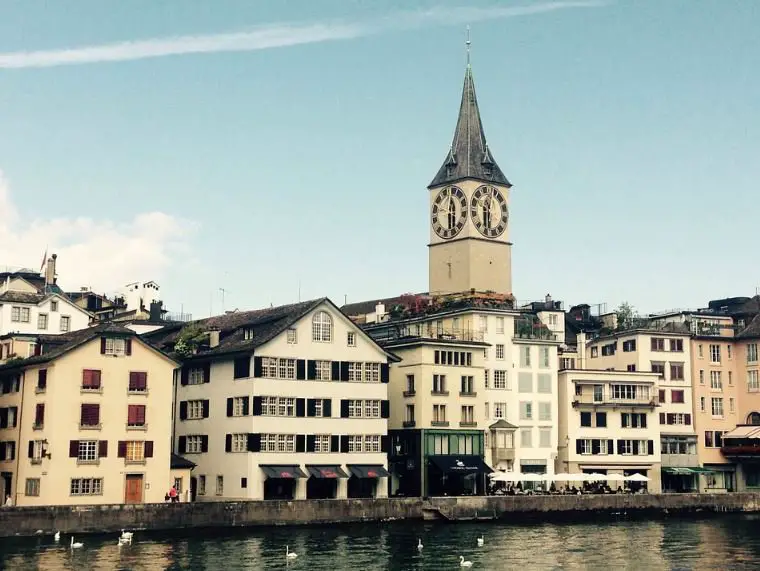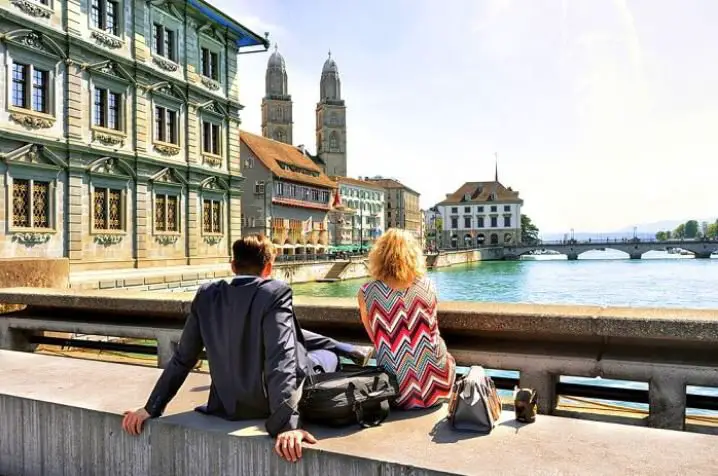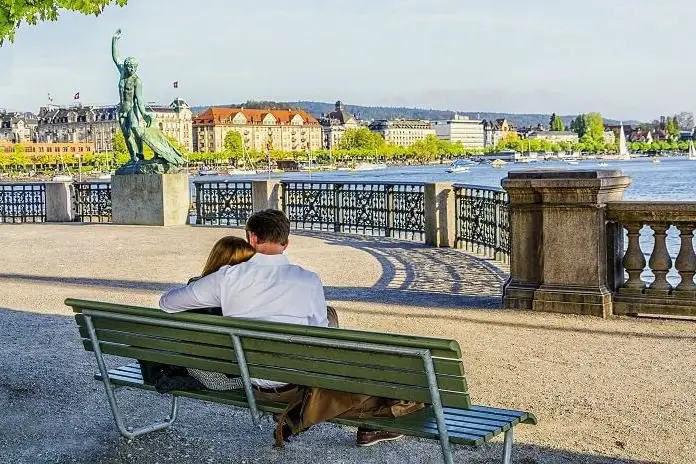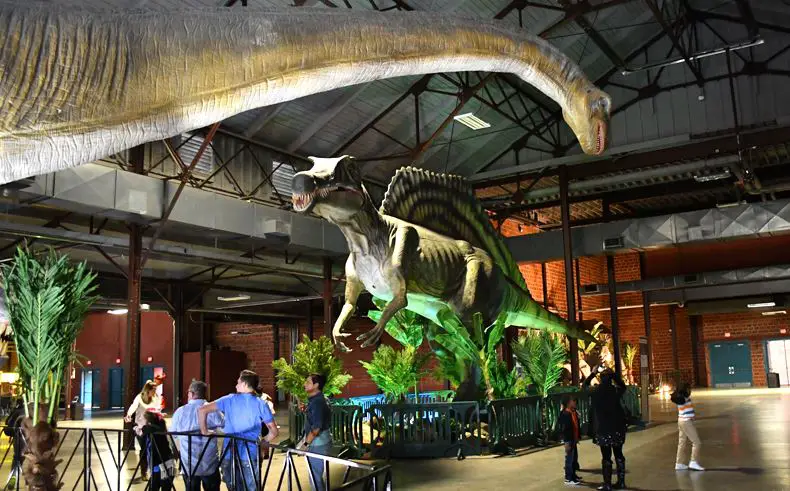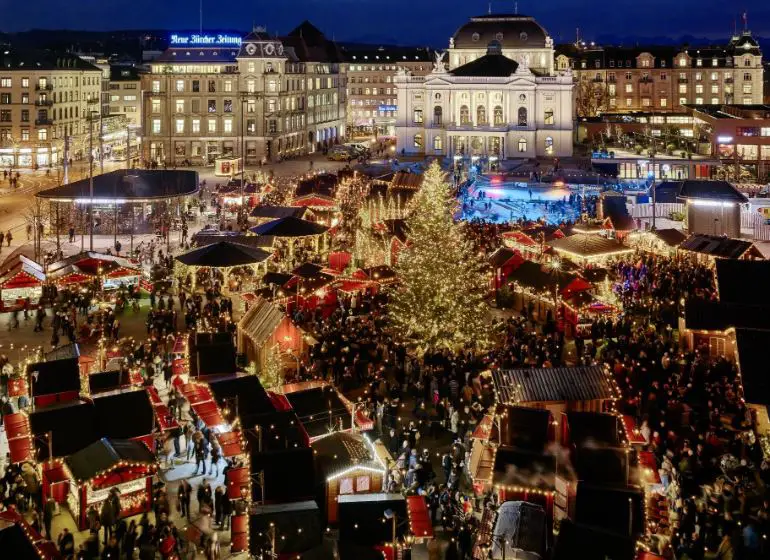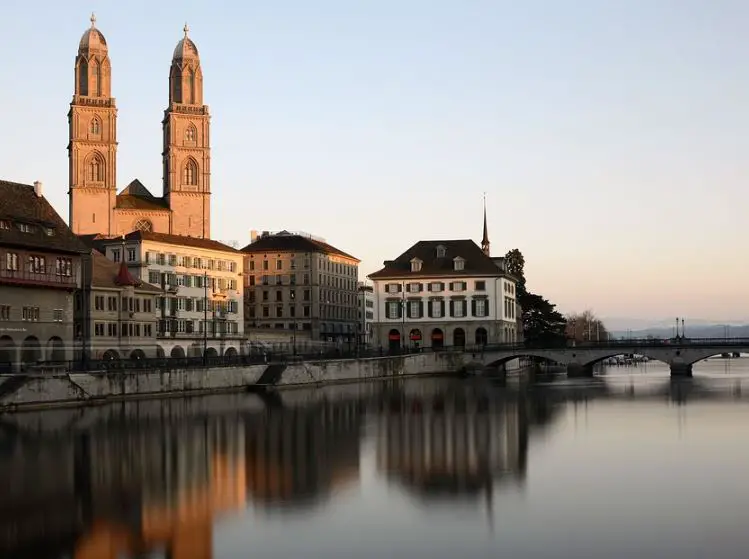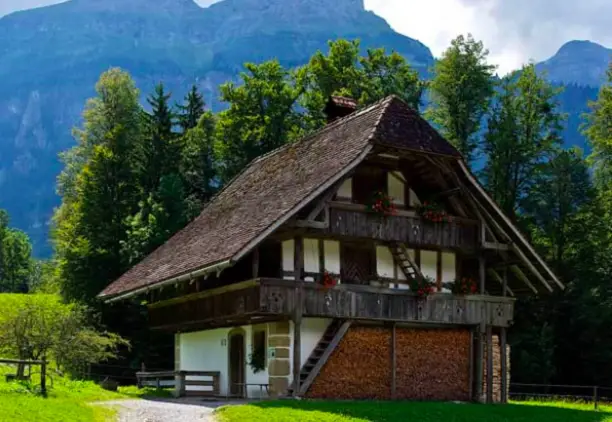What are the top historical sites in Wuppertal?
Post ByAdequate Travel
Summary
For those looking to explore the history of Wuppertal, this blog is a must-read. We’ll be taking a closer look at some of the city’s greatest historical sites and discussing what makes them so memorable. From grand cathedrals to industrial giants, these sites are proof of Wuppertal’s illustrious past. So, let’s get started!1. Von der Heydt Museum
The Von der Heydt Museum is a prominent art museum located in Wuppertal. It houses an extensive collection of European art, including paintings, sculptures, and decorative art pieces spanning various periods. The museum showcases works by renowned artists such as Rembrandt, Monet, Van Gogh, and Dali.
2. Wuppertal Suspension Railway
The Wuppertal Suspension Railway, also known as the "Wuppertaler Schwebebahn," is a historic transportation system that has been operating since 1901. It is the oldest electric elevated railway in the world and runs along the Wupper River, offering scenic views of the city. Visitors can take a ride on this iconic landmark and experience a unique mode of transportation.
3. Engels-Haus
The Engels-Haus is a historical site linked to Friedrich Engels, one of the founders of Marxism. It was the residence of Engels during his time in Wuppertal and now serves as a museum dedicated to his life and work. The museum exhibits various artifacts, documents, and personal belongings of Engels, providing insights into his intellectual contributions.
4. Wuppertal Zoo
The Wuppertal Zoo, officially known as the Grüne Zoo Wuppertal, is a popular attraction with a rich history. Established in 1881, it is one of the oldest zoos in Germany. The zoo houses a diverse range of animals, including elephants, lions, giraffes, and many more. Visitors can enjoy educational exhibits, feeding sessions, and various events held within the zoo premises.
5. Alte Synagoge
The Alte Synagoge, or Old Synagogue, is a significant historical site that represents the Jewish heritage of Wuppertal. Built in 1889, it functioned as a place of worship until its destruction during the Kristallnacht in 1938. Today, the building serves as a memorial and educational center, preserving the memory of the Jewish community and promoting intercultural dialogue.
It's essential to stay updated with international travel information, especially when planning a foreign trip, to navigate any changes in travel advisory or travel warnings.Suggested Questions
- Burg Altena, Altena: Horror Story, History & Paranomial Activities
- Schloss Drachenburg, Königswinter: Horror Story, History & Paranomial Activities
- Schwarzenberg Castle, Scheinfeld: Horror Story, History & Paranomial Activities
- Schloss Belvedere, Weimar: Horror Story, History & Paranomial Activities
- Hotel Vier Jahreszeiten Kempinski, Munich: Horror Story, History & Paranomial Activities
- Schlosshotel Kronberg, Kronberg im Taunus: Horror Story, History & Paranomial Activities

